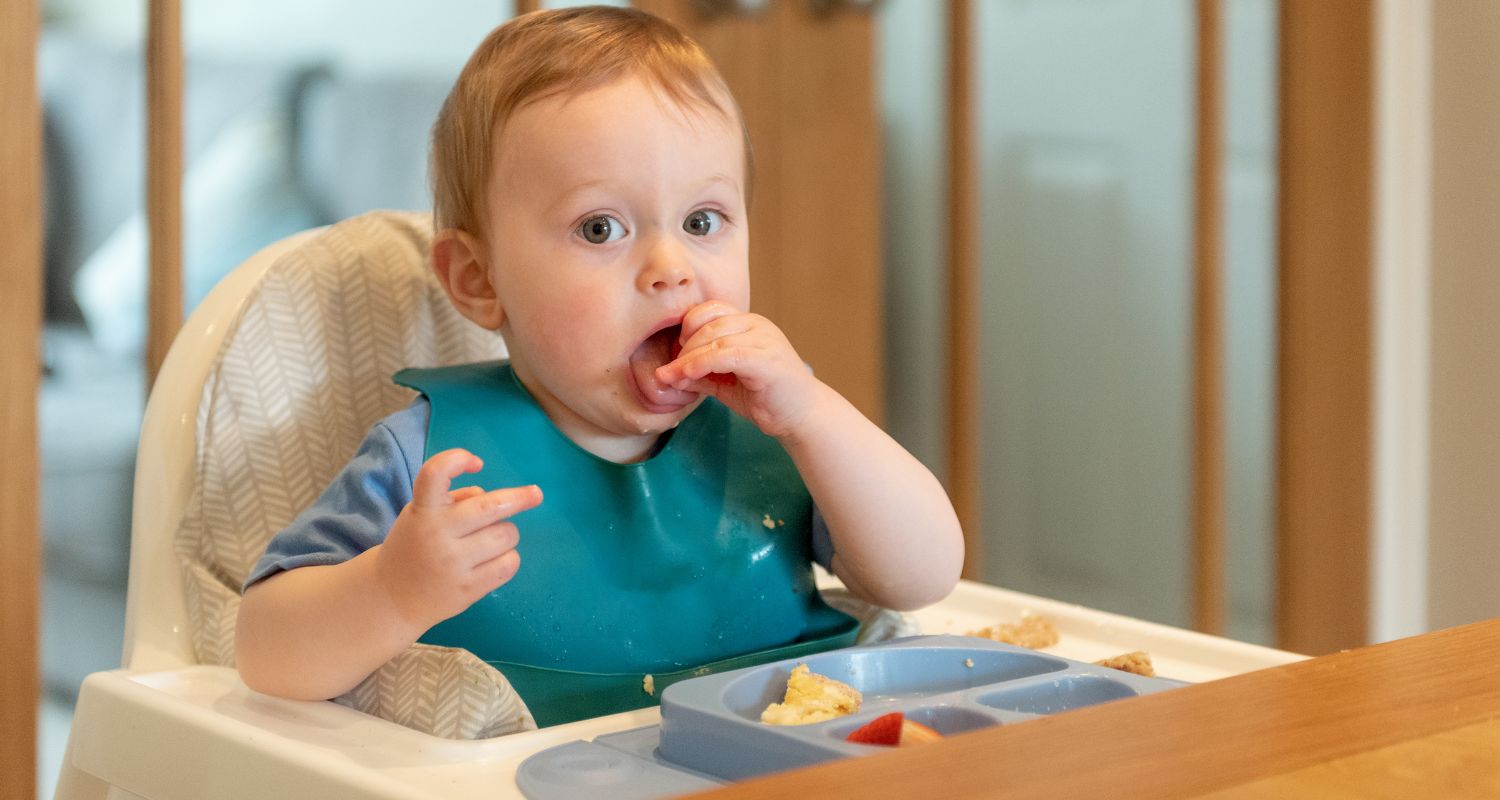Embracing a Whole New Culinary Adventure
As your little one grows, so does their curiosity about the world, including the fascinating realm of solid foods. Baby-Led Weaning (BLW) offers a unique and exciting approach to introducing solids to your baby. Let’s delve into what you can expect on this flavorful journey and some handy tips to make it a delightful experience for both you and your baby.
What is Baby-Led Weaning?
Baby-Led Weaning is a feeding approach where babies are introduced to solid foods through self-feeding rather than spoon-feeding purees. This method allows babies to explore and enjoy a variety of textures and flavors at their own pace.
What to Expect During Baby-Led Weaning: A Roadmap
1. Messy Adventures:
Get ready for a bit of mess! Baby-Led Weaning is a hands-on experience, literally. Your baby will explore food using their hands, and yes, it might end up everywhere. Embrace the mess; it’s a part of the learning process.
2. Exploration and Independence:
BLW encourages independence from an early age. Your baby will grasp, squish, and taste different foods, fostering a sense of autonomy and curiosity. This exploration is essential for developing their sensory and motor skills.
3. Gagging vs. Choking:
Gagging is a natural part of BLW and is different from choking. For babies, gagging is the body’s way of preventing choking by pushing food forward. It might be nerve-wracking at first, but understanding the difference is crucial. Always supervise meals, and take an infant CPR course for peace of mind.
4. Variety on the Menu:
BLW opens the door to a diverse menu. From soft fruits and cooked vegetables to well-cooked meats, your baby can enjoy a wide range of nutritious foods. Be creative and introduce new flavors gradually.
5. Milk Remains Essential:
While your baby explores solids, remember that breast milk or formula remains the primary source of nutrition until around one year of age. Solids are complementary at this stage.
Tips for a Smooth Baby-Led Weaning Journey
1. Start with Soft Foods:
Begin with soft, easy-to-grasp foods like avocado, banana, or steamed vegetables. As your baby becomes more adept, you can introduce foods with different textures.
2. Offer a Variety:
Expose your baby to a variety of tastes and textures. This not only contributes to a well-rounded diet but also encourages an adventurous palate.
3. Relax and Enjoy:
BLW is meant to be enjoyable for both you and your baby. Relax and let your little one explore. It’s not just about nutrition; it’s about building a positive relationship with food.
4. Watch for Readiness Signs:
Introduce solids when your baby shows signs of readiness, such as sitting unassisted, showing interest in food, and having good neck control.
5. Be Patient with Gagging:
Gagging is a protective reflex. It might be alarming, but it’s a normal part of the learning process. Stay calm, and let your baby work through it.
When is Your Baby Ready for Baby-Led Weaning?
Determining the right time to start Baby-Led Weaning (BLW) is crucial for a successful and enjoyable experience. While each baby develops at their own pace, there are common signs that indicate your little one is ready to embark on this culinary adventure.
- Sitting Independently: Look for signs that your baby can sit upright without support. This is a key indicator that they have the necessary neck and core strength for self-feeding.
- Interest in Food: If your baby starts showing curiosity about the food you’re eating, tries to grab it, or mimics chewing motions, it’s a sign they are developing an interest in solid foods.
- Loss of the Tongue Reflex: The tongue thrust reflex, where babies automatically push foreign objects out of their mouths, begins to diminish around six months. This is a natural development that allows them to explore different textures.
- Pincher Grip: Your baby might start picking up small objects or food between their thumb and forefinger, showcasing the development of the pincer grip. This fine motor skill is essential for self-feeding.
- Good Head Control: BLW requires babies to have good head control to prevent choking. If your baby can hold their head steady and turn it to the side, they are better equipped for safe self-feeding.
- Readiness to Chew: Notice if your baby has started to make chewing motions, even if they don’t have teeth yet. This shows their readiness to manage and explore different food textures.
- Reduced Extrusion Reflex: The extrusion reflex, where babies automatically push food out of their mouths, starts to diminish. Babies ready for BLW can move food to the back of their mouths to swallow.
Observing these signs provides a good starting point for introducing solids through BLW. Always consult with your pediatrician to ensure that your baby’s developmental milestones align with the readiness for this feeding approach.
Embrace the Baby-Led Weaning Adventure!
Embarking on the Baby-Led Weaning journey is not just about introducing solids; it’s a delightful adventure of exploration and development for your little one. As you witness those first attempts at self-feeding, messy faces, and the sheer joy of discovering new flavors, remember that BLW is as much about fostering a positive relationship with food as it is about nutrition.
Stay attuned to your baby’s cues, celebrate the mess, and relish in the shared meals that create lasting family memories. While the journey might be messy, the destination is a little one who’s not just eating but actively participating in the joy of family meals.
As you navigate this exciting phase, keep in mind that every baby is unique. Some may take to solids with gusto, while others might need a bit more time. The key is to enjoy the process, savor the small victories, and, most importantly, share the love of good food with your growing explorer. Happy Baby-Led Weaning!
Until next time, Tania xx
Related: Understanding Secure Attachment: A Guide for Parents

